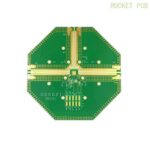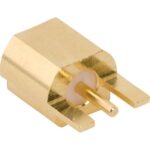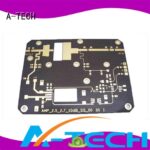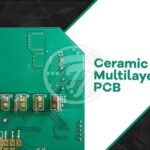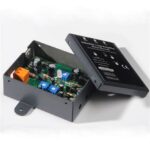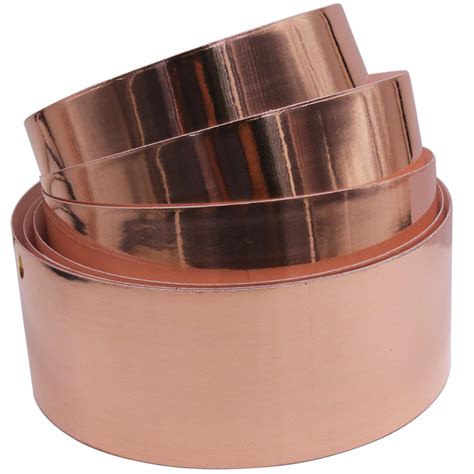
ALL ABOUT FLEX PCB
-
What is Copper Foil?
Posted by
–
 Read more: What is Copper Foil?
Read more: What is Copper Foil?Properties of Copper Foil Copper foil possesses several unique properties that make it an essential material in many applications: Electrical Conductivity One of the most notable properties of copper foil is its exceptional electrical conductivity. Copper is one of the best conductors of electricity, second only to silver. This property […]
-
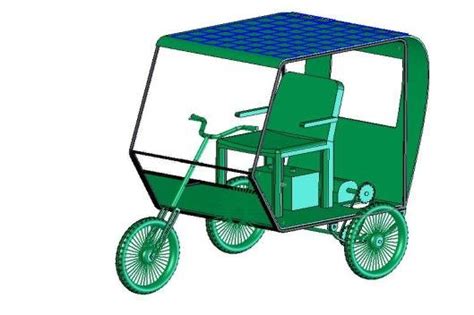 Read more: Solar Team Twente – Design three-wheeled solar car
Read more: Solar Team Twente – Design three-wheeled solar carIntroduction to Solar Team Twente and Their Groundbreaking Three-Wheeler Design Solar Team Twente is a pioneering group of students from the University of Twente in the Netherlands who are pushing the boundaries of solar-powered vehicle design. Their latest project is a revolutionary three-wheeled solar car that aims to set new […]
-
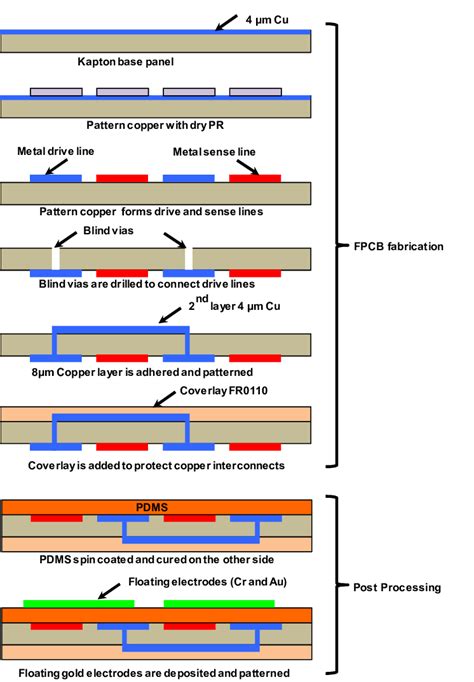 Read more: Flexible PCB Manufacturing Process: How to Fabricate FPC
Read more: Flexible PCB Manufacturing Process: How to Fabricate FPCWhat is a Flexible PCB? A flexible PCB, also known as an FPC, is a type of printed circuit board that consists of a thin, flexible substrate made of materials such as polyimide or polyester. These substrates are laminated with conductive copper traces, allowing for electrical connectivity between components. FPCs […]
-
Tolerances on Printed Circuit Boards
Posted by
–
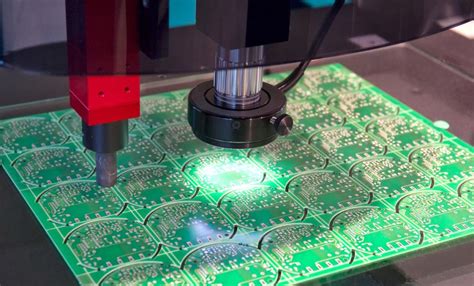 Read more: Tolerances on Printed Circuit Boards
Read more: Tolerances on Printed Circuit BoardsUnderstanding PCB Tolerances and Their Importance Printed Circuit Boards (PCBs) are the backbone of modern electronic devices, providing a platform for components to be mounted and interconnected. The performance and reliability of these devices heavily depend on the precision and accuracy of the PCB manufacturing process. This is where PCB […]
-
Tolerances on Copper Thickness on a PCB
Posted by
–
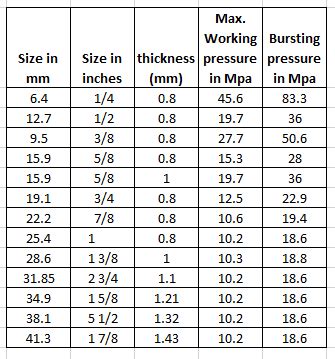 Read more: Tolerances on Copper Thickness on a PCB
Read more: Tolerances on Copper Thickness on a PCBUnderstanding Copper Thickness Tolerances in PCB Manufacturing Printed Circuit Boards (PCBs) are the backbone of modern electronics, providing a platform for components to be mounted and interconnected. One critical aspect of PCB design and manufacturing is the copper thickness, which plays a vital role in the board’s electrical and thermal […]
-
What is component sourcing?
Posted by
–
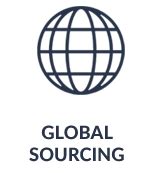 Read more: What is component sourcing?
Read more: What is component sourcing?The Importance of Component sourcing Component sourcing plays a vital role in the success of any manufacturing business. Here are some key reasons why component sourcing is crucial: Cost Reduction: By carefully selecting suppliers and negotiating prices, businesses can significantly reduce the cost of components, which in turn lowers the […]
-
The Optimum PCB Design Flow – Right First Time
Posted by
–
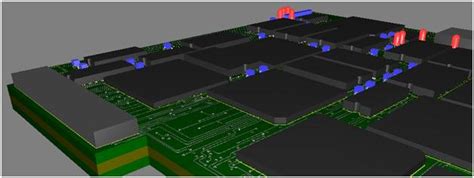 Read more: The Optimum PCB Design Flow – Right First Time
Read more: The Optimum PCB Design Flow – Right First TimeIntroduction Designing a printed circuit board (PCB) can be a complex and time-consuming process, with many steps and potential pitfalls along the way. Getting the PCB design right the first time is critical to avoid costly redesigns, manufacturing delays, and product failures. In this article, we’ll explore the optimum PCB […]
-
FR4 Quality – What to Expect
Posted by
–
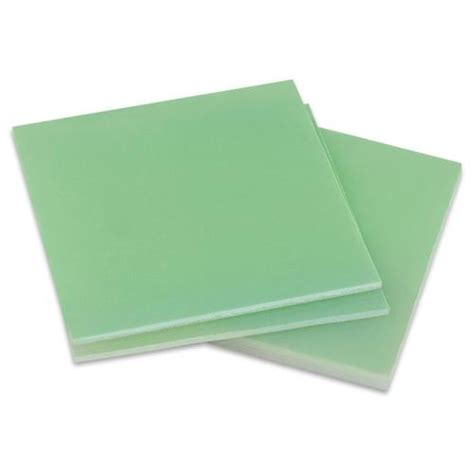 Read more: FR4 Quality – What to Expect
Read more: FR4 Quality – What to ExpectWhat is FR4? FR4 is a composite material made from woven fiberglass cloth impregnated with an epoxy resin binder. The “FR” stands for “Flame Retardant,” indicating that the material has been treated to resist catching fire and spreading flames. The “4” in FR4 refers to the specific grade of the […]
-
Hot PCB FPGA MCU News From Altium
Posted by
–
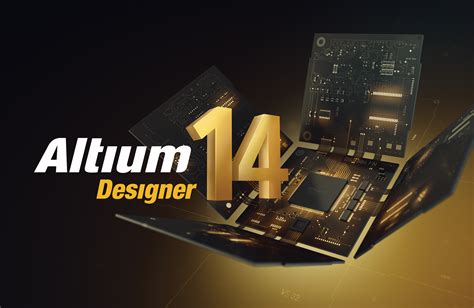 Read more: Hot PCB FPGA MCU News From Altium
Read more: Hot PCB FPGA MCU News From AltiumAltium Unveils Cutting-Edge PCB Design Tools and Features Altium, a leading provider of electronic design automation software, has recently announced a series of exciting updates and new features for their PCB design tools. These updates aim to streamline the design process, enhance productivity, and facilitate innovation in the world of […]
-
What is a Peelable Soldermask?
Posted by
–
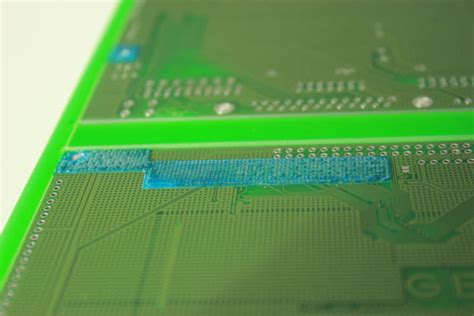 Read more: What is a Peelable Soldermask?
Read more: What is a Peelable Soldermask?Introduction to Peelable Soldermask A peelable soldermask, also known as a temporary soldermask or removable soldermask, is a protective coating applied to printed circuit boards (PCBs) during the manufacturing process. This special type of soldermask is designed to be easily removed from specific areas of the PCB when needed, allowing […]
